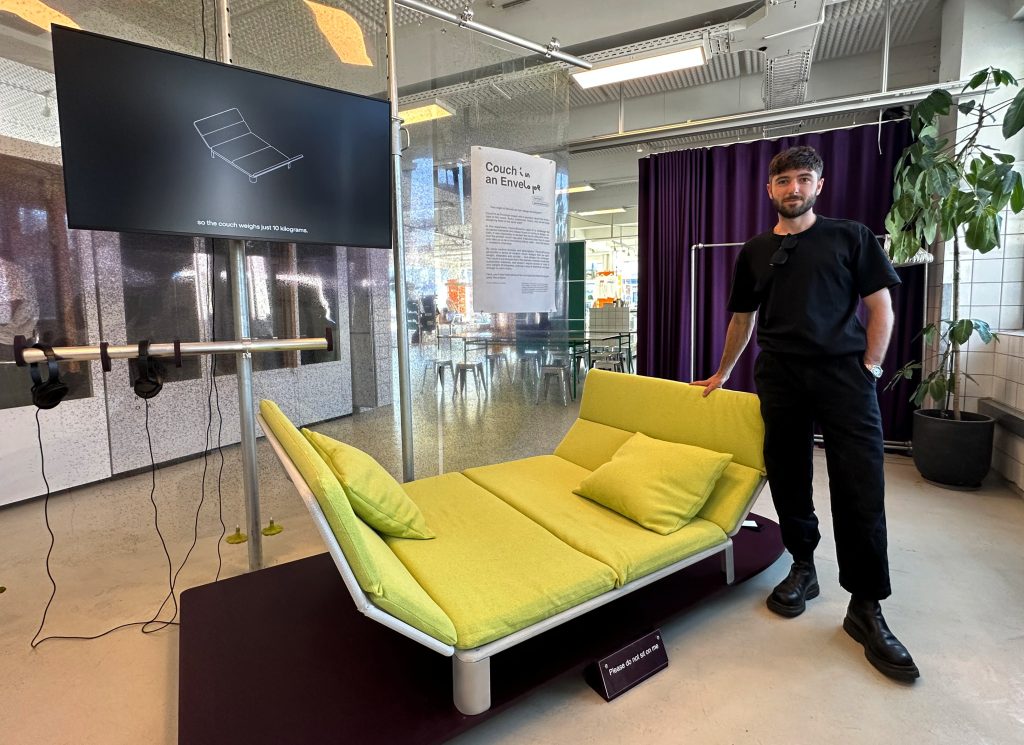

Next-level woodworking
The week is a great opportunity to meet media, retailers, architects, and end consumers, showcasing novelties and design classics in any of the spectacular settings that the capital is known for. Fritz Hansen was the brand that perhaps made the most out of this opportunity when presenting the exhibition EXPRESSIONS in CHARACTER.
Creative Design Director, Marie-Louise Høstbo, what do you show here?
— This exhibition at the, for Danish design very important, Charlottenborg Palace is a combined one, showcasing novelties and contemporary relevant pieces from the collection.
It featured the works of Poul Kjærholm and Arne Jacobsen, together with contemporary designers like Jaime Hayon, Sebastian Herkner, and Cecilie Manz. Outside, in the courtyard under a sky of umbrellas, an outdoor lounge area welcomed visitors in the early summer heat to discover the outdoor furniture collection from the Danish design brand now known as Skagerak by Fritz Hansen.
Fritz Hansen also showcased a preview of the coming relaunch of PK15, the last chair created by Kjærholm, in 1979. Merging the two traditional materials steam-bent ash and wicker, Høstbo explains that it might look easy to make but is actually a highly complex piece of woodworking craftsmanship, and difficult in production and construction.
— When you work with steam bending, you are working with solid wood, which is, in many ways, still alive, so it has its own tendencies. The expression is as pure as it gets, two single pieces of wood with curves for the back and straight legs, so you are pushing the boundaries of what is possible with that technique, says Høstbo.
— The production of it stopped in -92 and we’re very glad that Fritz Hanzen has found a way to make it again, Paul’s son Thomas Kjærholm said during a presentation.
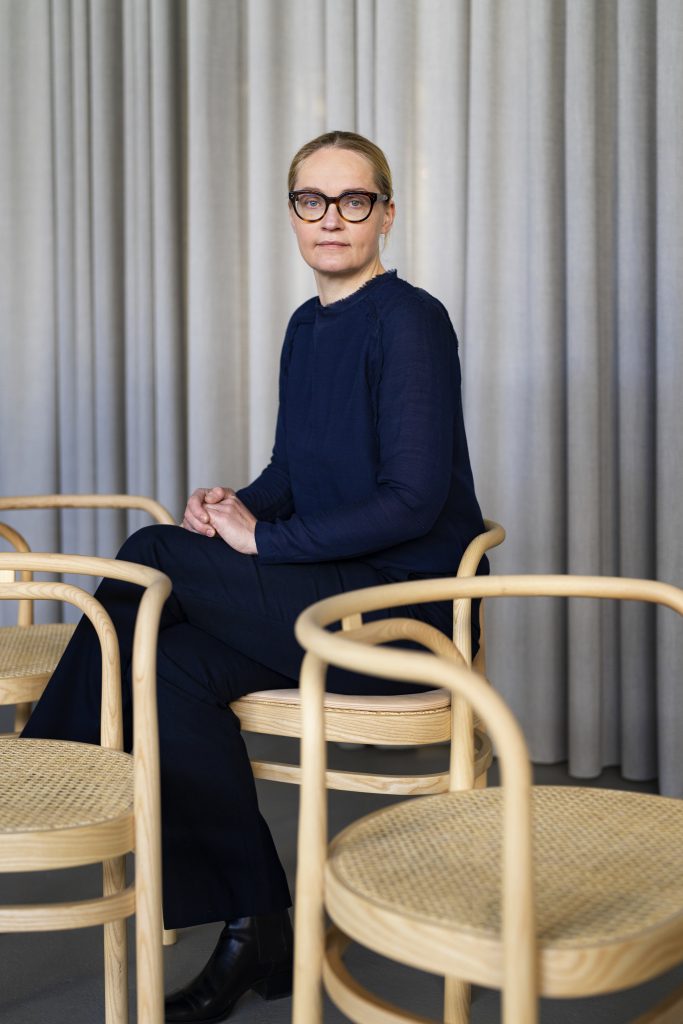
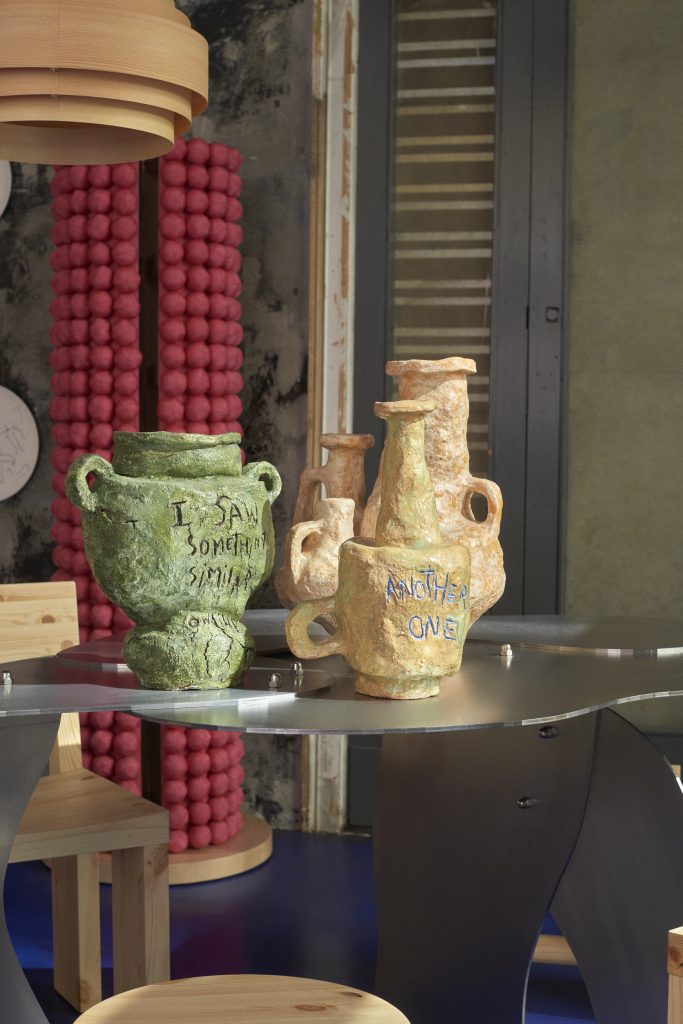
How to build a brand of an abandoned material
Founded in 2021, Vaarnii has aimed at bringing pine back into the design scene. In Copenhagen, the Finnish brand took over art space Tableau, introducing a stool in the range 001 by Fredrik Paulsen and relaunching two lamps, originally designed by Hans-Agne Jakobsson.
Founder and CEO Antti Hirvonen, how have these years been since launching?
— Building a brand obviously takes time, and you don’t make a brand — you build it. The good brands are the ones that can stay consistent, repeating the same things that you wholeheartedly believe in. For us, it’s been really good. It’s a difficult year for lots of the businesses in our industry and it would be very foolish to say that we wouldn’t be worried at all. But as a young brand, we’re going to continue growing, though perhaps not as fast as we otherwise would have. But it’s just great that people like what we do. We didn’t select the easy way, a raw material that was often neglected, and tried to create a visual identity which is not for everyone. But the industry insiders love it, which is very promising.
How do you do that as a new brand, with limited resources, to reestablish an abundant material?
— Focus. There is a saying that ’a jack of all trades is a master of none’, so it’s just about becoming really good at one thing. We are a team of five people only, but when we are focusing solely on pine, then I wouldn’t go as far as saying that we’re good at it but solely doing it for the last three years, we are better than what we were when we started it.
Here in Copenhagen, there’s great interest in new materials and you work with an abandoned one. Is it a movement that we see here?
— I think so. We’ve also seen lots of the bigger brands swapping into, or have introduced things in, pine. I think it’s very welcome because for too long, the industry has been stuck with oak and some of the other precious woods, not to mention plastics. Oak is much more homogeneous and pine is wild, with grain. It has something that someone would call defects and it’s softer, it scratches, and changes appearance over the years. But structurally, it is as durable, so it just looks different, says Hirvonen. He adds:
— One thing that’s very refreshing is that I was speaking with an architect yesterday who said that their clients are happy to pay more if the product is 100% environmentally friendly. In the past, it was just something that people wanted to have on paper, not willing to pay for it.
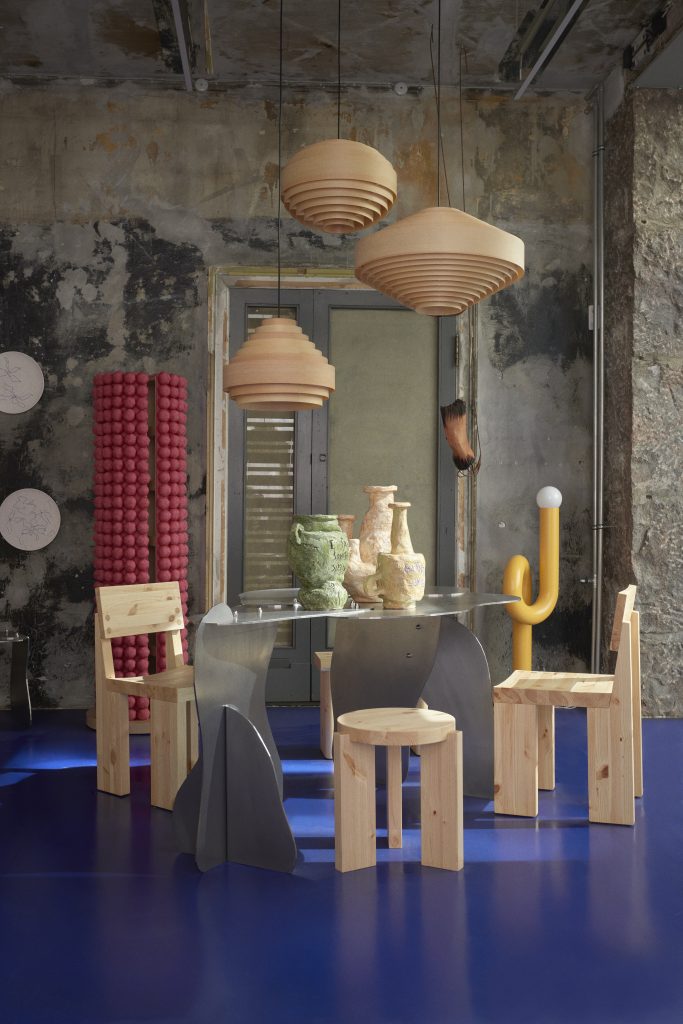
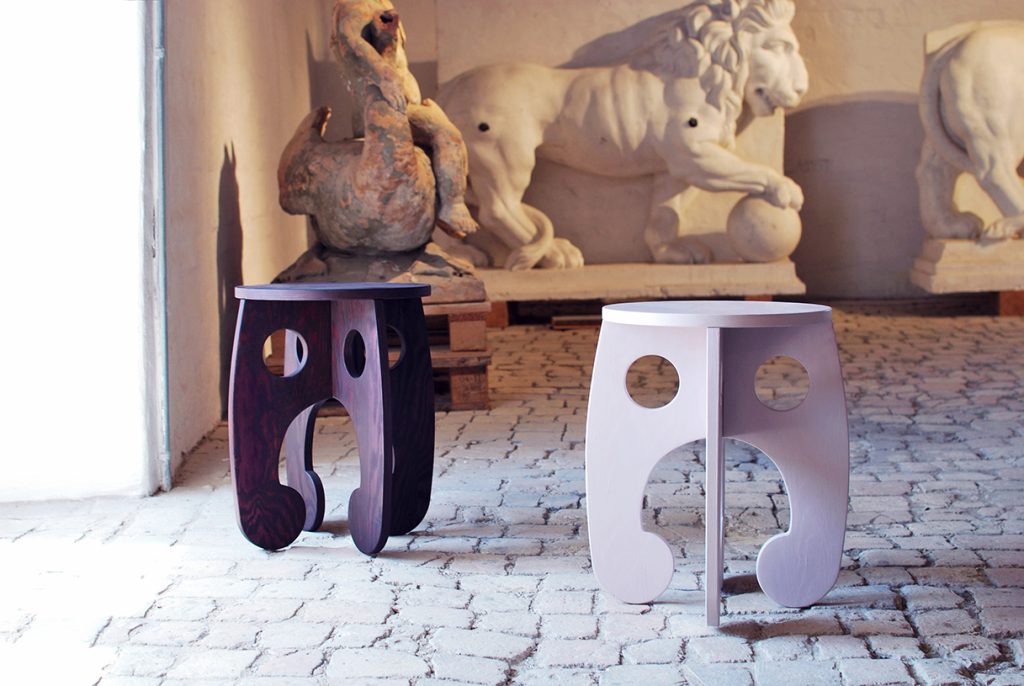
Bringing folk art into the 21st century
As the founder and designer of Sloydlab, Matilda Hunyadi is highly influenced by furniture history, especially folk art, trying to incorporate a more decorative style in a contemporary context.
— I use deep colours, a lot of power, and a little bit of humour. And, I’m definitely a ’curves nerd’ — some people are very nerdy about lines, but I’m all about curves, she tells us when presenting the new stool, Bubo bubo, which is Latin for and inspired by the eagle owl, at the Ddcated design hub in central Copenhagen.
— It has a very mysterious presence which I like, Hunyadi continues. When I design things, I do them on the computer and then I just launch them. This stool, I put on Instagram and saw interest in it, so then I can just finalise the design and push it out digitally, and the prototype can happen whenever I see that there’s an interest. It becomes like a collaboration with the people following me, who are in some way influencing my process. I’m getting requests on Instagram DM and coming very close to my end consumer.
Last February, Sloydlab won Furniture of the Year at the Swedish ELLE Decoration Awards for the chair Bacatus, aiming to bring local craft traditions into the 21st century.
— I’m really into working with ornamentation, which is something that I think is not so often taught in design schools. I really like to see how I can do that with modern technology in production and a modern aesthetic and not just do it as paraphrases of all styles. That’s something that drives me.
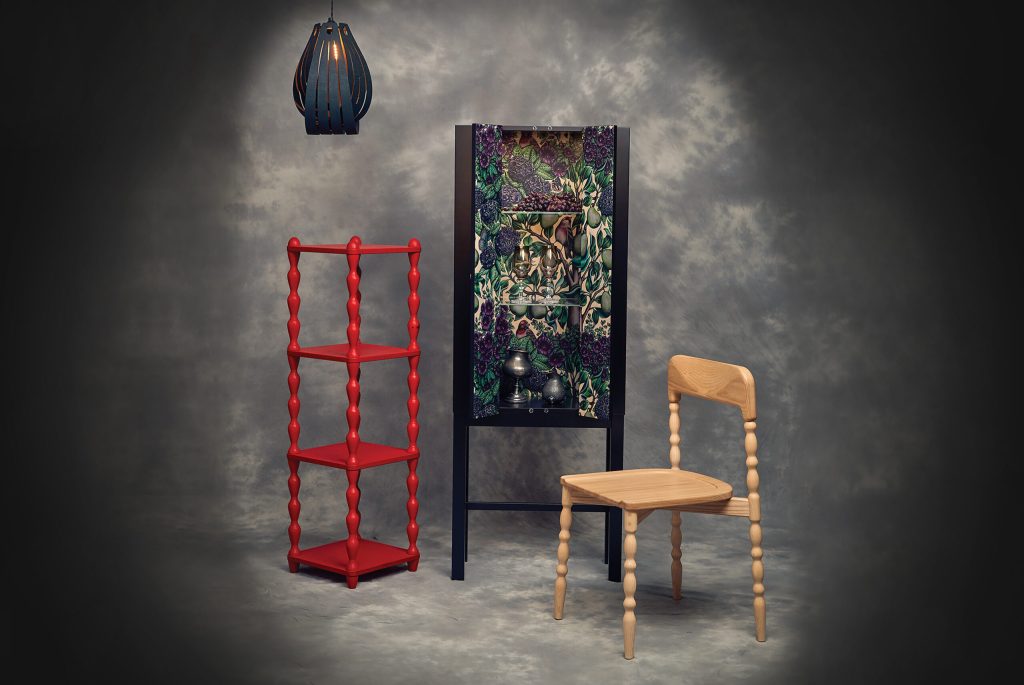
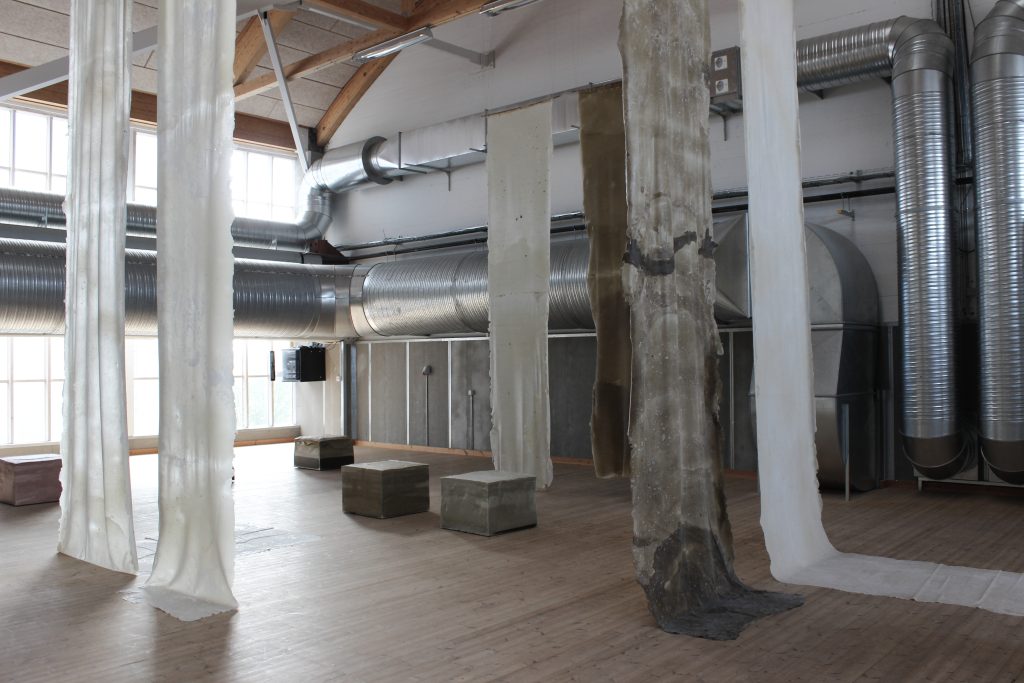
Pushing the limits for biomaterials
During 3daysofdesign, Copenhagen-based design, research and artistic practice Natural Material Studio took over the 650m2 big Hall 6 at Copenhagen Contemporary for its biggest exhibition to date, HUMAN NATURE.
— Giving space like this helps to draw your attention to the materials and what they do to you — almost like a sensory experience, founder Bonnie Hvillum explained to us. We also wanted to work with the space because it’s very graphical and has a lot of repetitive features in the grid and the ceiling, which contrasts with the very organic materials and lets them express themselves.
Developed from biopolymers, natural softeners, clay and chalk, the materials were weaved into 7-metre-long works as well as sculptural seating works.
— We’re very excited about always trying to push the limits and the boundaries of what is possible with these materials. Not because we’re necessarily aiming for mass production, but just seeing the scale that we can come up in. When we come up to this scale and the materials suddenly are taller than us and surround us, it’s almost like we’ve been taken over by them, almost like being in a forest, taken over by this nature.
Do you also want to see architects here, for them to use the materials in projects? Or is it more of an art project?
— That’s a good question. We do these kinds of projects but it’s challenging when architects come and ask us because they don’t understand the materials. So, we prefer to become more involved in the spatial and architectural work, because we know so much more about the materials than any others. So, we want to get further and further into creating experiences with the materials and not be just a material supplier. At the moment, this is a very interesting field to be creating in — it’s very fluid working in between architecture, art, and design, says Hvillum.
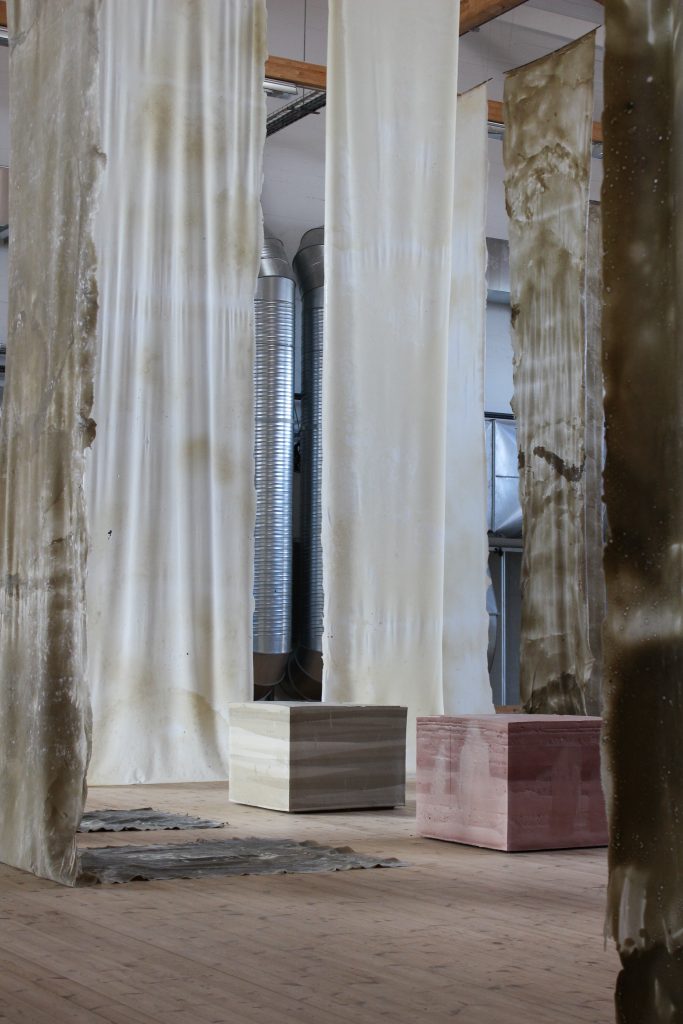
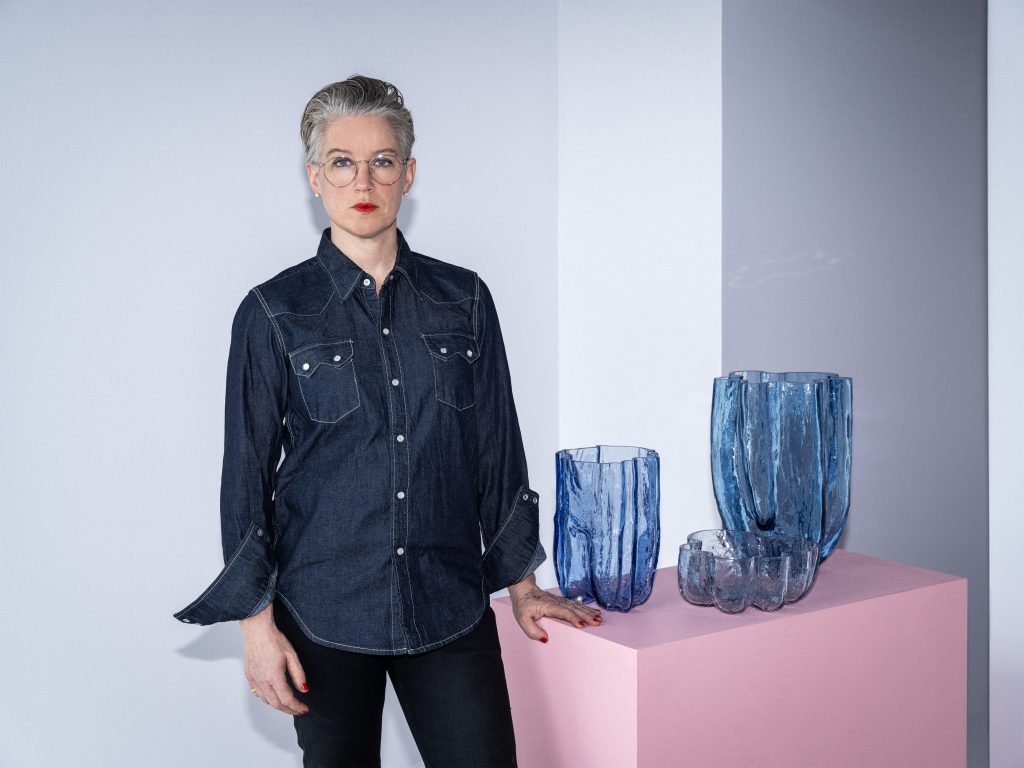
”Best of the best”
In artist and creator Åsa Jungnelius’ practice, the vessel is central, because ”as long as there are people we will need something to drink from”.
— I am interested in cavity and its capacity for change. In my practice, I investigate it in my practice at different scales, such as the monumental cavity a subway station actually constitutes, in the work Snäckan (for one of Stockholm’s new subway stations, Ed’s note).
Jungnelius explains that for Crackle, her line of vases for Kosta Boda, the mould is dug out of clay with her own hands.
— I create a cavity that the glassblower’s lungs fill with blown glass before it is dipped in water. When the water meets the heat, it creates a mark capturing the fragility of the glass. The four elements, earth, fire, air, and water, give their expression, partly by themselves through the material’s own properties. As an artist, working in a glasshouse together with many incredibly skilled craftsmen is very much a relational process, where it’s about understanding each other’s areas of knowledge and getting them to intertwine.
You’ve also included circularity in the range, called Crackle Circular (pictured above), which won the prestigious international Best of the Best at Red Dot Design Award.
— Yes, a circular mindset is always present in my works. Therefore, it feels extra good to be able to contribute with a blue, green, and grey colour stand that comes from the circular glass where we make the most out of all materials using the least possible resources.

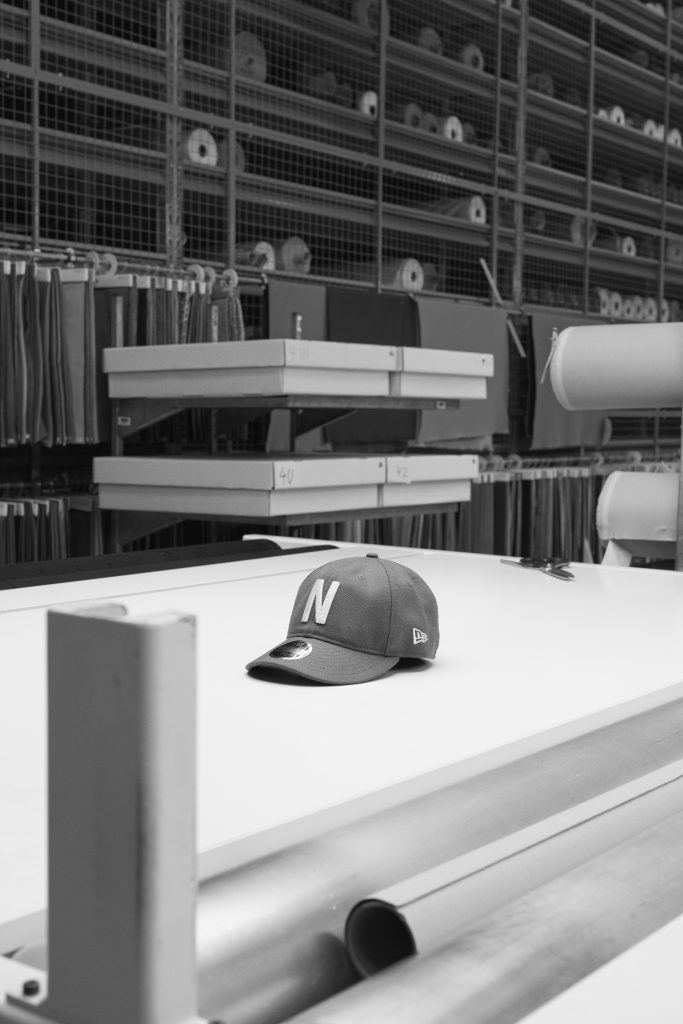
A Nordic view on streetstyle
For this growing event that is 3daysofdesign, it also becomes relevant for fashion to join the show. So, Norse Projects joined forces with renowned Danish textile manufacturer Kvadrat and leading headwear brand New Era for a timely collab launch. Merging fashion and craftsmanship, the headwear capsule derives from Scandinavian design heritage, innovative materials, and craftsmanship. Kvadrat has come a long way in terms of environmental responsibility and the collection features a range of headgear, crafted from end-of-run Kvadrat textiles rendered across New Era’s 59FIFTY Retro Crown. Norse Projects adds a Nordic streetwear style and attention to detail to the range, highlighting a timeless design aesthetics.
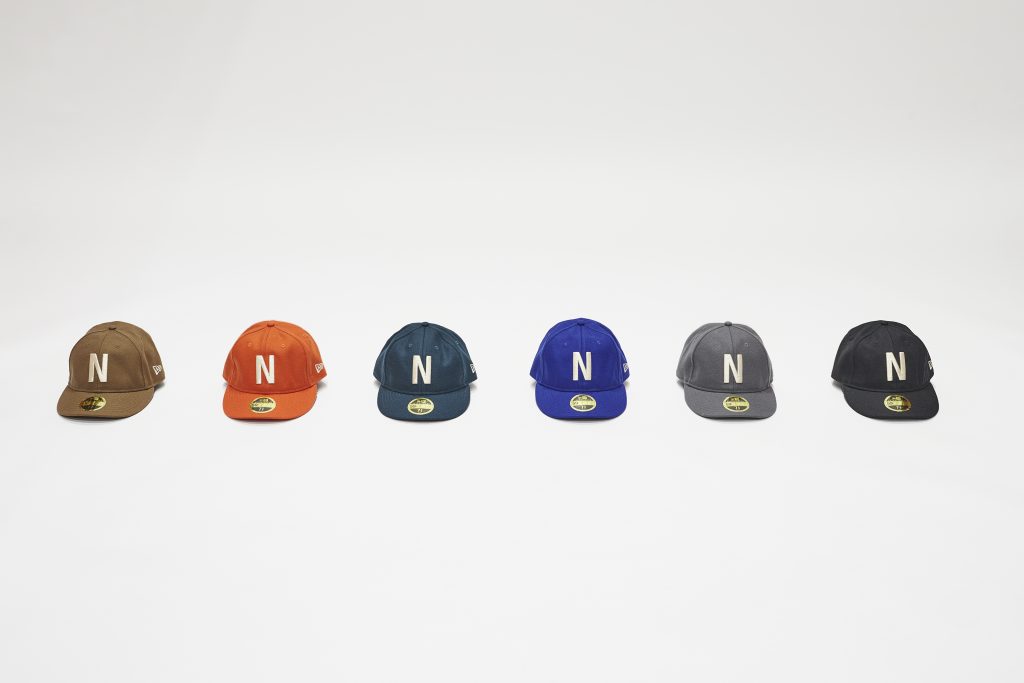
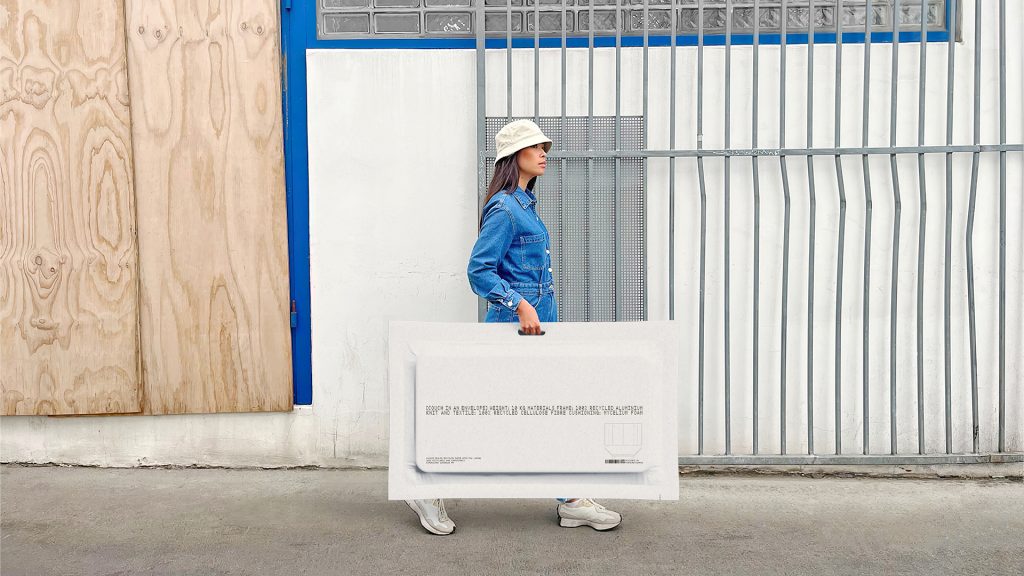
The AI sofa
French designer Alexis Tourron is the co-founder of the Panter&Tourron, a design studio showcasing the Sofa in an Envelope concept for Space10 during 3daysofdesign. It’s based on a two year old addiction to redesign the studio’s vision of the conversation pits as part of an integrated architecture in the 60s.
— The idea behind the design of this prototype was to not sit against the wall facing a TV but trying to bring people together and gathering, Rousson explained to us when describing the design process.
This is Panter&Tourron’s first real project using AI as a tool in the mentioned process.
— It was a journey, to put it short — a lot of learning how to communicate with the tool and a long process to get to know each other, for ’him’ to understand us and our vision and our references, and us to understand how to communicate with it, says Tourron. The language to use to get the proper result that you want to achieve — in our case a couch that fit in an envelope — is interesting. After a while, we stopped using the word sofa. Since it was such a powerful word for the AI, it would always present this bulky volume. Instead, we started to use ’platform’ — and then, adding 360, non-directional and other keywords, we started to get more interesting results towards more lightweight and what we wanted to create.
Will you continue to work with AI?
— At first it was super frustrating but then it surprised us in many ways, when we started to get the tool and become faster and good at it — and then it gets addictive. We were about to cancel the tool subscriptions, where you sign up per month or per year. Now, we’re like: OK, let’s just keep it a little longer…
